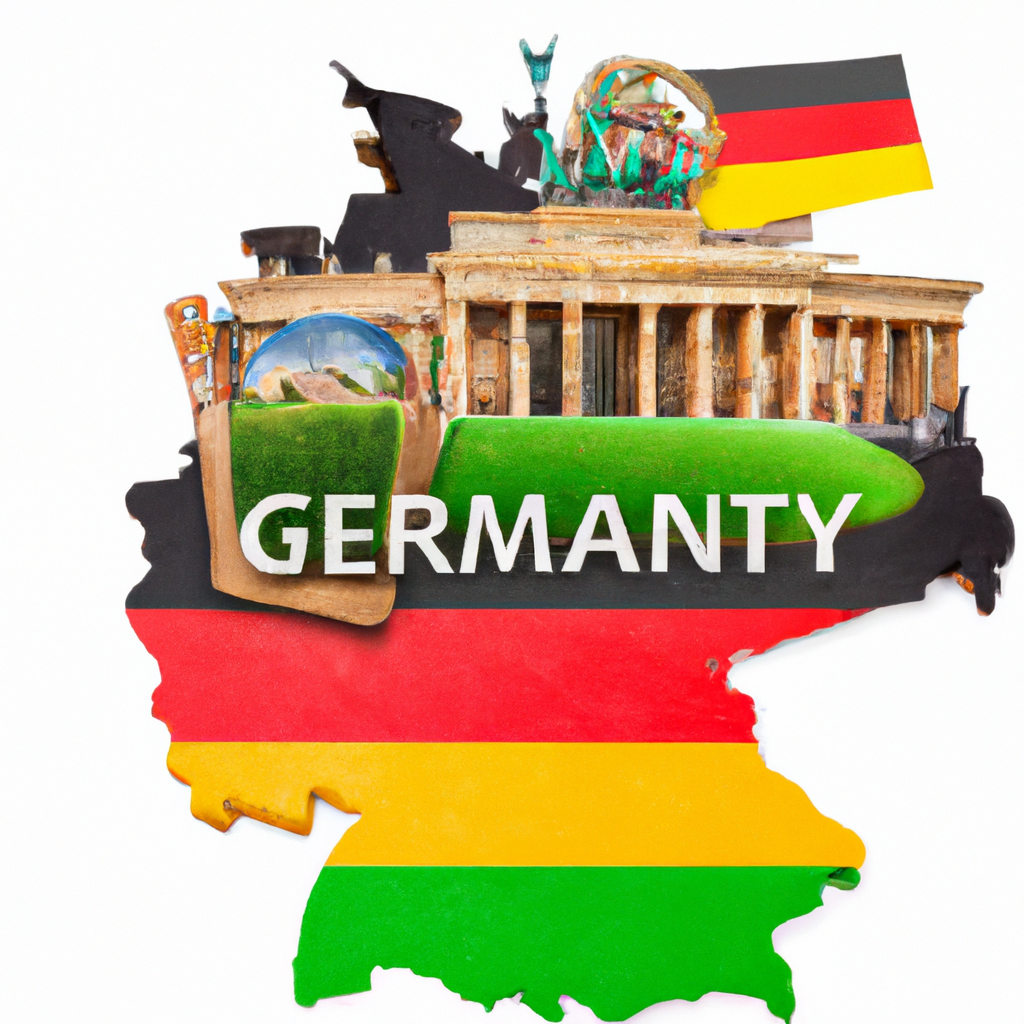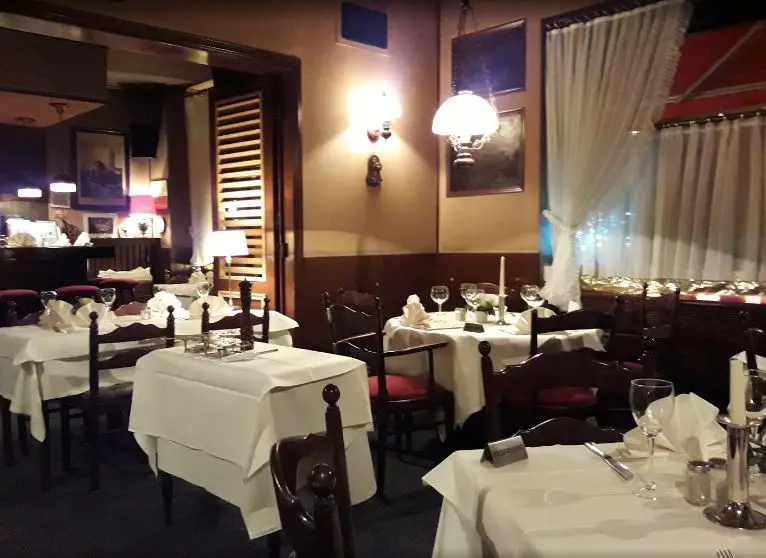What is the history behind Germany's medieval towns?
Post ByAdequate Travel
Summary
Few countries can claim to have a history as rich as Germany, and that history is especially clear when one visits the country's beautiful medieval towns. This blog will explore the history behind Germany's medieval towns, including the architectural styles, the development of those towns over time, and the cultural influences that make them so special.History of Germany's Medieval Towns
During the medieval period, Germany saw the rise of numerous towns that played vital roles in shaping the country's economic, political, and cultural landscape. These medieval towns emerged as centers of trade, administration, and urban development. Here are some key points about the history of Germany's medieval towns:
1. Origins and Development
Many of Germany's medieval towns can trace their origins back to the early Middle Ages, when the country was divided into various feudal territories. These towns initially flourished around castles, monasteries, or strategic locations, making them essential for the ruling nobility.
Examples: The town of Trier, founded by the Romans in the 1st century AD, grew into a prosperous trading hub during the medieval period. Similarly, the town of Cologne developed around a Roman fort and became an important center for trade and culture.
2. Guild System and Economic Growth
One significant aspect of medieval towns in Germany was the establishment of guilds. These guilds were organized groups of craftsmen and merchants who regulated trade and established standards of production. The guilds played a crucial role in the economic growth of the towns.
Examples: The city of Nuremberg is known for its thriving guild system during the Middle Ages. The Nuremberg Guilds controlled various trades such as metalworking, printing, and brewing, contributing to the city's economic prosperity.
3. Urban Planning and Architecture
Germany's medieval towns were often planned with a defensive purpose in mind. They were surrounded by walls and fortified with gates and towers for protection. Towns also featured a central marketplace where trading and social activities took place.
Examples: Rothenburg ob der Tauber is an excellent example of a well-preserved medieval town with its intact city walls, gatehouses, and half-timbered buildings. Regensburg is another example with its medieval architecture, stone bridge, and preserved city walls.
4. Hanseatic League and Trading Links
Several German medieval towns joined the Hanseatic League, a powerful trading alliance in the Baltic and North Seas. This membership gave the towns access to a vast network of trade routes and enhanced their economic influence.
Examples: The city of Lübeck, as a prominent member of the Hanseatic League, played a vital role in trade between Northern Europe and the Baltic Sea region. It became a wealthy trading center, known for its brick Gothic architecture.
5. Religious Influence and Gothic Architecture
The medieval towns of Germany witnessed the development of Gothic architecture, prominently seen in the construction of cathedrals and churches. The religious institutions were not only centers of worship but also played significant social and political roles.
Examples: The Cologne Cathedral is one of the most famous examples of German Gothic architecture, taking over six centuries to complete. The cathedral in Strasbourg, today a French city, demonstrates the influence of Gothic architecture in the region.
6. Decline and Modern Preservation
In the late Middle Ages, the rise of nation-states and changes in trade routes led to a decline in the importance of medieval towns. Many faced economic challenges and were gradually abandoned or experienced modifications in their urban structures.
Examples: The town of Goslar, once a seat of the Holy Roman Empire, declined in importance but has preserved its medieval charm, attracting tourists with its well-preserved historic buildings and mines. Quedlinburg, with its medieval streets and timber-framed houses, has also been recognized as a UNESCO World Heritage site.
Overall, Germany's medieval towns are known for their historical significance, architectural beauty, and their contributions to the country's cultural heritage. They offer insight into the medieval period and continue to be popular tourist destinations.Stay informed about any travel restrictions or travel rules in place, as they may vary depending on your destination within the country.Suggested Questions
- Burg Hohenzollern, Bisingen: Horror Story, History & Paranomial Activities
- Teufelsberg, Berlin: Horror Story, History & Paranomial Activities
- Frankfurter Hof, Frankfurt: Horror Story, History & Paranomial Activities
- Schwarzenberg Castle, Scheinfeld: Horror Story, History & Paranomial Activities
- Villa Hügel, Essen: Horror Story, History & Paranomial Activities
- Ruine Falkenstein, Königswinter: Horror Story, History & Paranomial Activities











